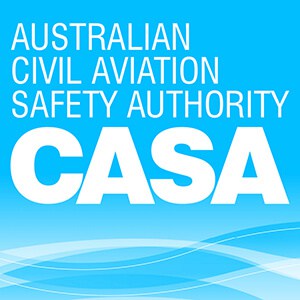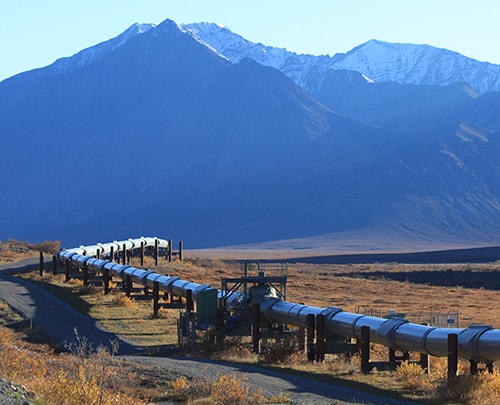
Drone Photography Brisbane: Rules and Conditions of Operation
December 8, 2017
Drone Mapping Services: What are they?
December 12, 2017These days, drones have become visual inspection equipment which is why there have been an increase in the number of businesses and companies who opt for drone inspection seeing how efficient and budget friendly it is to get the work done. Drone inspection services are effective for inaccessible areas and tall buildings.
For the record, using your drone(s) for inspection has several advantages including;
- You get crisp and very detailed photographs of visible defects
- Gives you with a quick evaluation of the problem
- Grants you access to areas which are inaccessible
- You get to set up and follow through with preventive maintenance
- You are guaranteed to high safety levels
- You get little to no downtime.
Drone inspections can be used in several instances, but we would focus on three in this text.
Offshore Constructions
Construction areas are pretty harsh environments, and the offshore construction areas are no different. They are very demanding and can lead to several faults and even production loss during the rigorous inspection and installation process and keep these losses to a minimum is of utmost importance.
Combating this loss can be carried out easily by deploying a drone. For instance, during flare inspection at an oil and gas platform, you can deploy a drone to capture either a photograph or a thermographic image of the flare especially when it’s still active. While the drone is on duty, production does not need to be at a standstill.
You see, while the drone collects data in the turbulent, flame-filled environment, the pilot, and other members like inspector and employees are out of harm’s way.
Onshore construction
Drones can be used for inspecting areas of high altitudes and for onshore construction for instance, for inspecting bridges. They also come in handy for inspecting such areas as a hydro-power plant or even a power station.
Confined Spaces
Drone inspection is not limited to only open spaces but also confined spaces. Places with little room for movements like boilers at a power plant or fuel storage tanks can be explored and inspected with drones. Also, visual inspections make it stress-free and safer to handle inspections which might cause harm if attended to physically. They are also effective for saving time and money.
Making use of drones in confined areas has its downtimes too like poor lightening, interference in radio signals and even proper turbulence. However, with some of the latest tech like high-quality and powerful LED lamps you can get crisp, top-quality images with real and natural colors. Experienced pilots can handle the turbulence by predicting areas which are prone to it and find alternative routes.
Drones: The ultimate checker
As stated, drones can be used in several areas, but they are most prominently used in such areas as offshore, onshore and confined spaces.
If you would be having an inspection for a project, you should do well to confirm if the drone inspection is the best for that project or if a physical inspection would produce a better result. After due consideration, you can go ahead to deploy your drone for inspection if you are certain it would do a great job of gathering the required data and information about the problem you plan to fix with this inspection.
Also, note that analyzing the data collected by the drone is an important and extensive part of this inspection so you should have an expert on standby that is going to decipher all the captured footage from the drone. You can get started by reaching out to experienced drone pilots and data analysts.

